There have been more than two million cases of Covid in Scotland since the start of the pandemic.
And with the Omicron variant being more infectious than previous strains, more of us are being reinfected with the virus.
In fact, the UK Health Security Agency (UKHSA) believes almost 800,000 have caught Covid twice; 8,700 people have been infected three times, and 74 people in the UK have tested positive four times since April 2020.
But just how soon after recovering from the virus are you able to catch it again? Do you have to self-isolate if you catch it a second time?
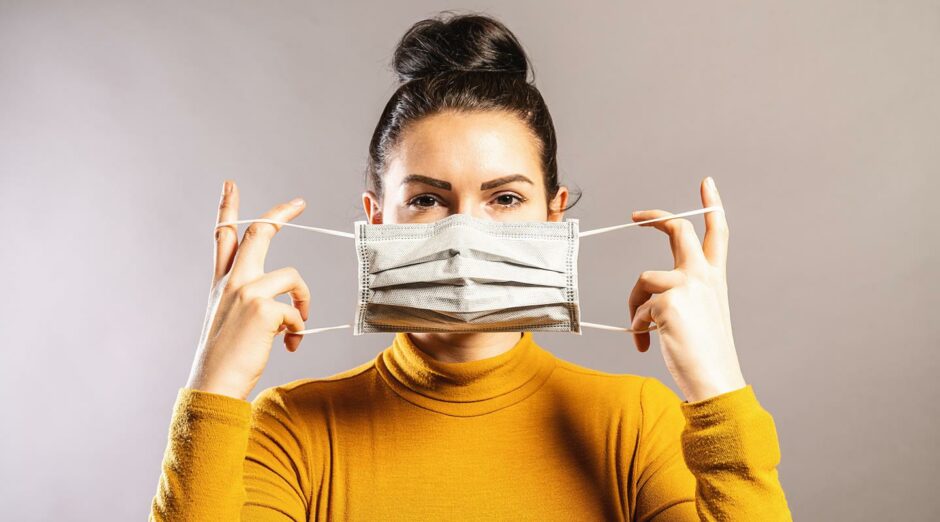
And just how risky is catching Covid these days, now restrictions are almost completely lifted?
We’re answering all your questions on catching Covid more than once.
How soon can you catch Covid again?
It’s not known exactly how long immunity lasts after having Covid. But you’re unlikely to catch the virus again within 90 days of originally testing positive.
Earlier this month, it was reported a Spanish healthcare worker had tested positive for Covid just 20 days after catching it for the first time.
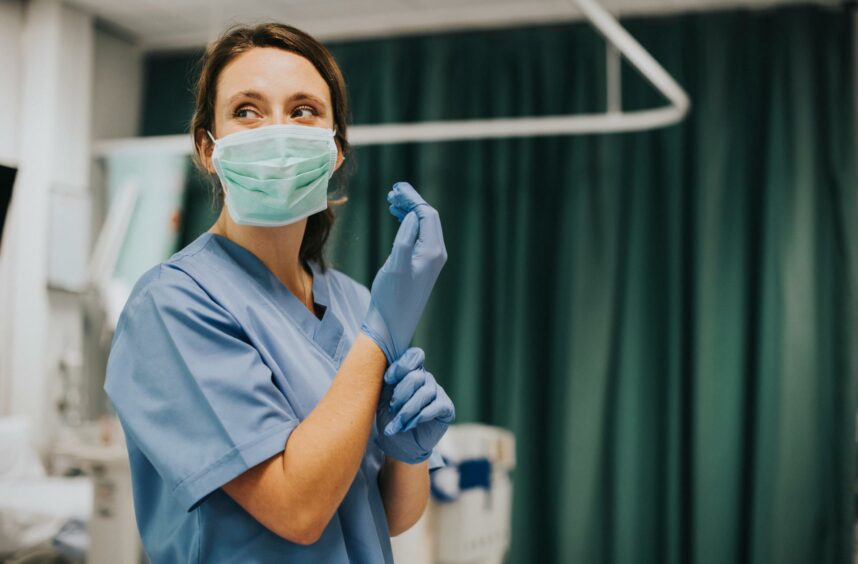
The woman had caught the Delta variant, then Omicron less than three weeks later. This is thought to be the fastest known case of Covid reinfection in the world.
This is very unusual. However, it goes to show it is possible to catch the virus soon after originally testing positive.
What should I do if I get coronavirus symptoms again?
From May 1, all PCR testing will be scrapped and you’ll no longer have to self-isolate if you have symptoms.
Until then, you should self-isolate if you test positive on a lateral flow, or seek a PCR test.
While you won’t have to isolate after this date, advice from the NHS states you should try to stay at home.
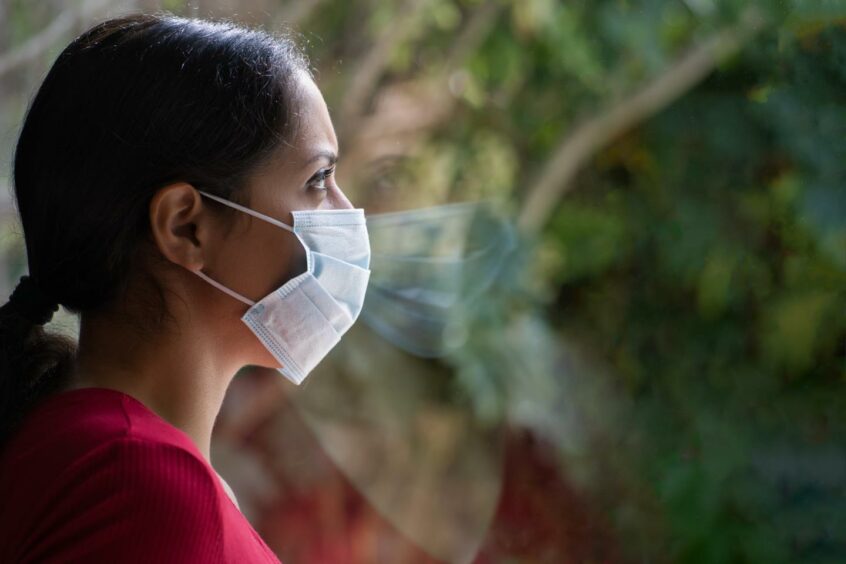
This is the advice regardless of whether you’ve tested positive before or not.
You should also take extra care to avoid close contact with anyone who is at higher risk of getting seriously ill from Covid-19.
You can go back to normal activities when you feel better or do not have a high temperature.
How likely am I to catch Covid now?
Covid is still circulating in the population and chances are you know more people in the last few months who have caught it than at any other time during the pandemic.
This is largely due to the increased transmissibility of the Omicron variant.
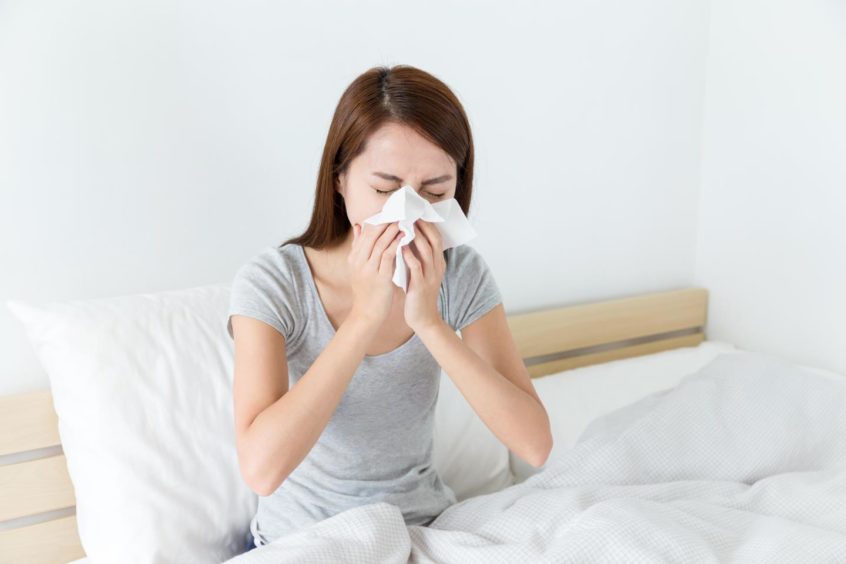
Speaking on Twitter, Dr Dan Goyal, medical consultant at NHS Highland said: “You have to remember the actual risks are greater because you have a much higher chance of catching Covid than you would other infections.
“Covid is actually about 20 to 30 times more risky than flu just now. So, every effort made reduces this risk and really matters.”
What are the risks if I catch Covid again?
So, the risk of catching it is high, but what are the dangers to health if you catch it?
You might have some immunity left over from the first time having it, as well as any vaccines you’ve had, so you shouldn’t be as sick the second or even third time around.
Thankfully, for many people, Omicron means some cold or flu-like symptoms, some time off work and being unable to go outside.
But for others, the symptoms are far more severe and tragically, people are still dying due to the virus.
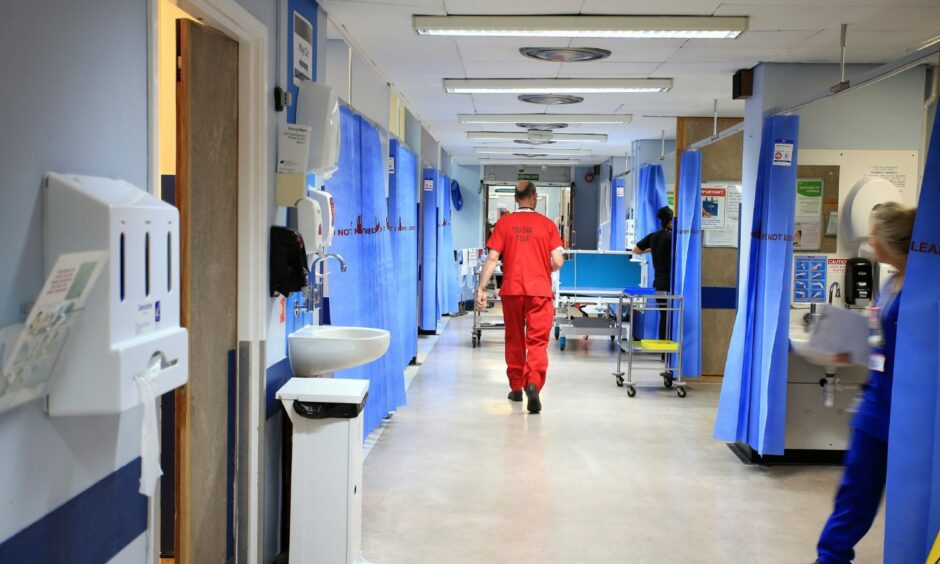
Dr Goyal explains: “We can’t tell who will overreact (have a severe inflammatory response to it). I’ve seen many severely immunosuppressed (high risk) patients shrug it off like a mild cold.
“I have seen others suffer severe disease. I have also seen enough young and fit people suffer severe disease.
How risky is Covid now?
So much information, disinformation, misinformation, uninformation (made that one up) it’s hard to get a sense of perspective of how dangerous Covid is just now for each of us…
— Dr Dan Goyal (@danielgoyal) April 24, 2022
“Risk is individual. But it has reduced significantly with treatments and immunity.
“If [you have] access to vaccines and treatments, [there is] about 10 to 20 times less risk of death.
“That is about six times less than endemic malaria and about six times more than a typical flu.”
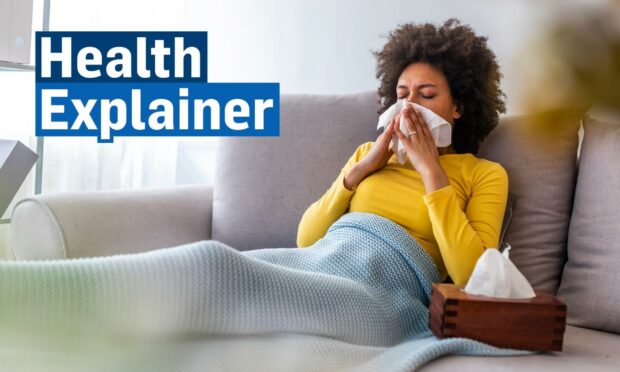
Conversation